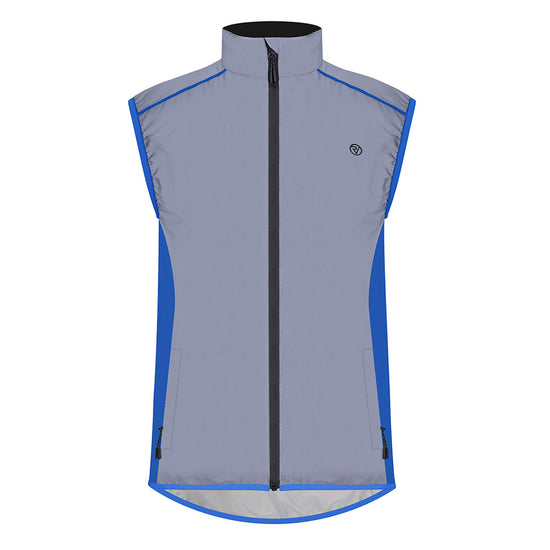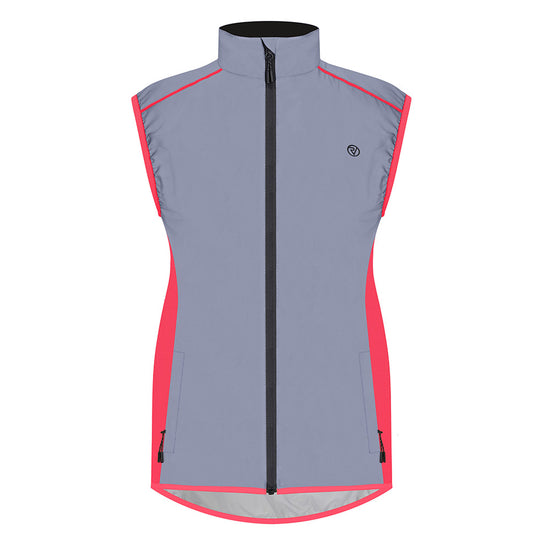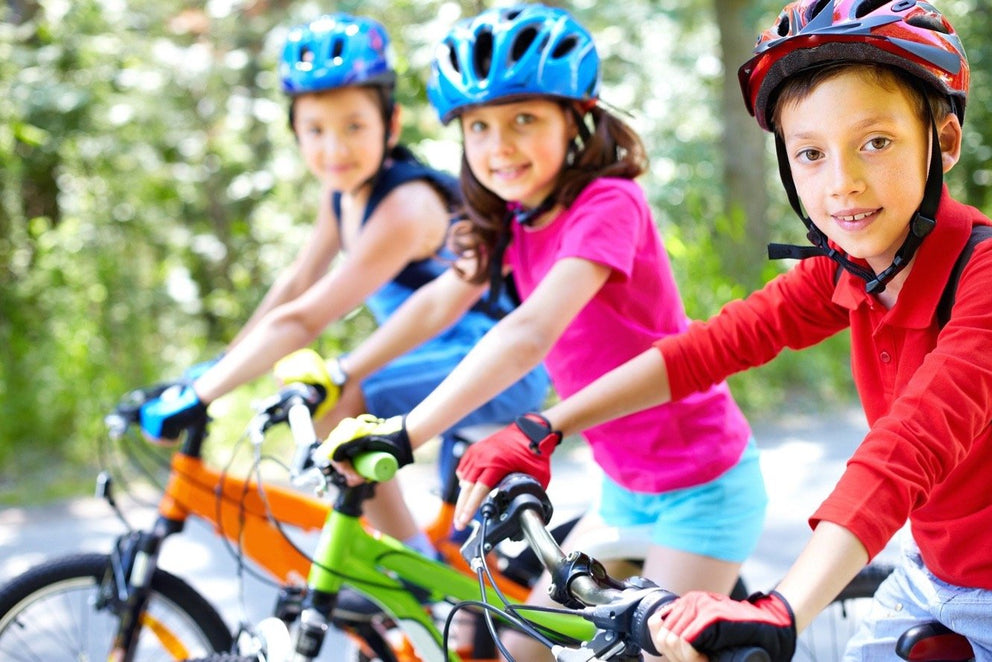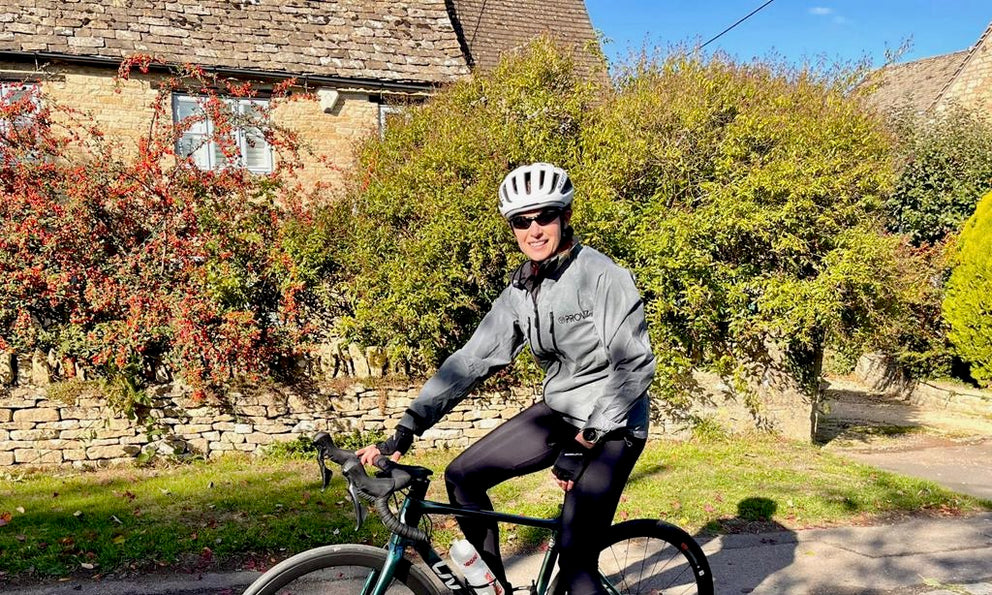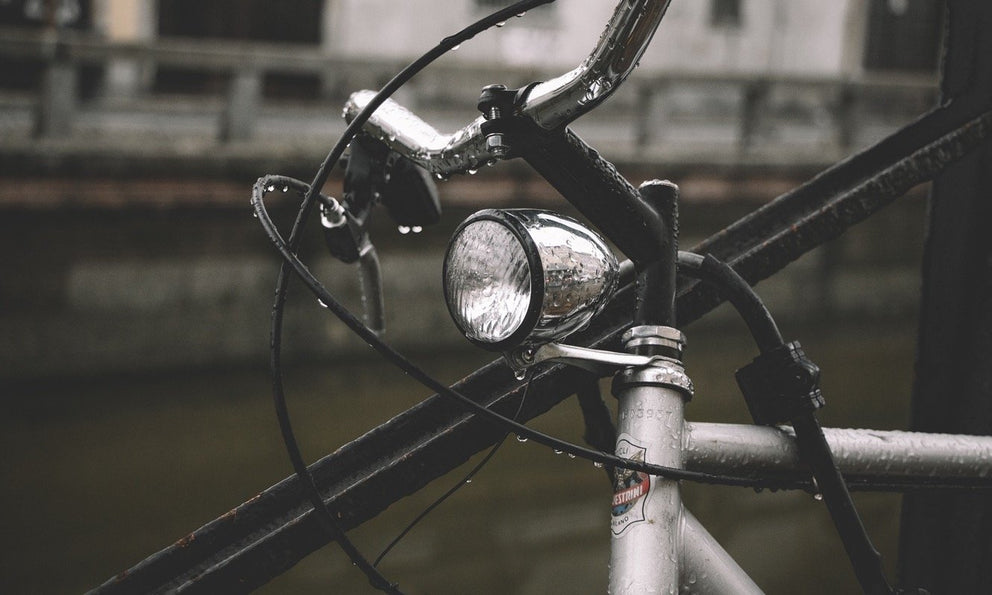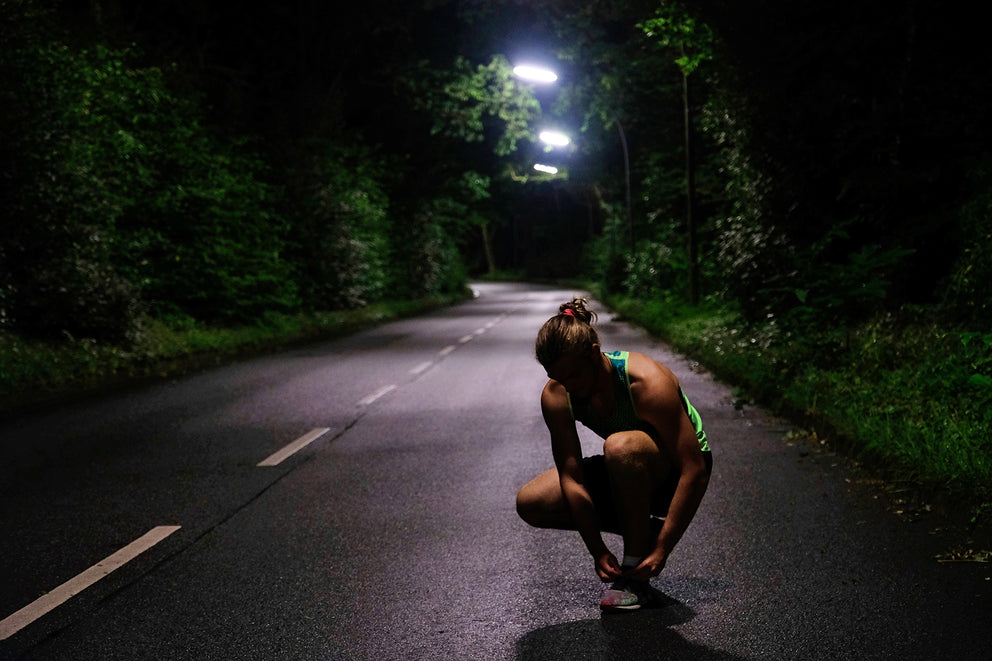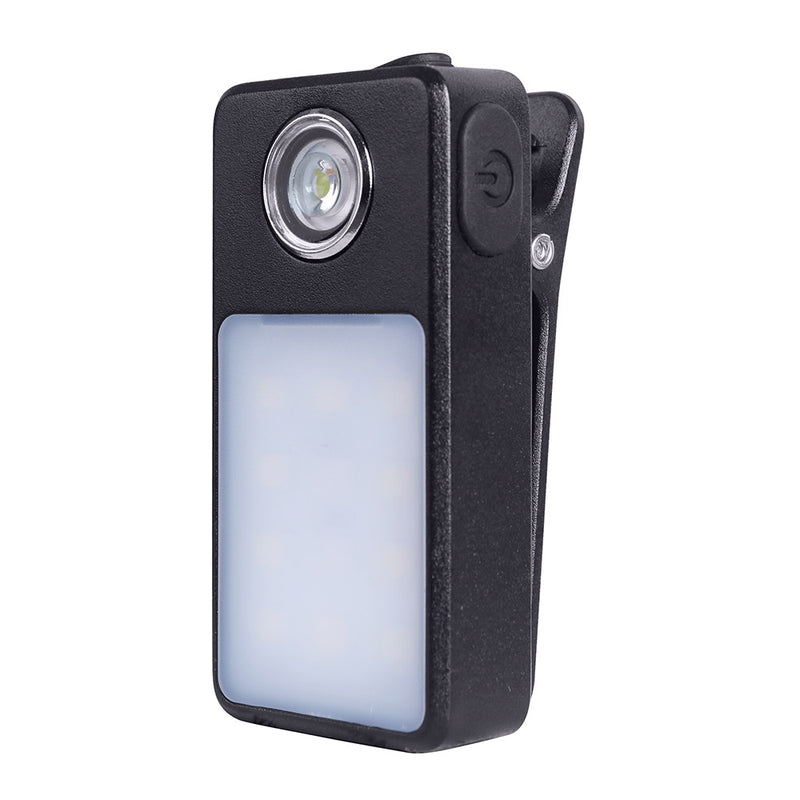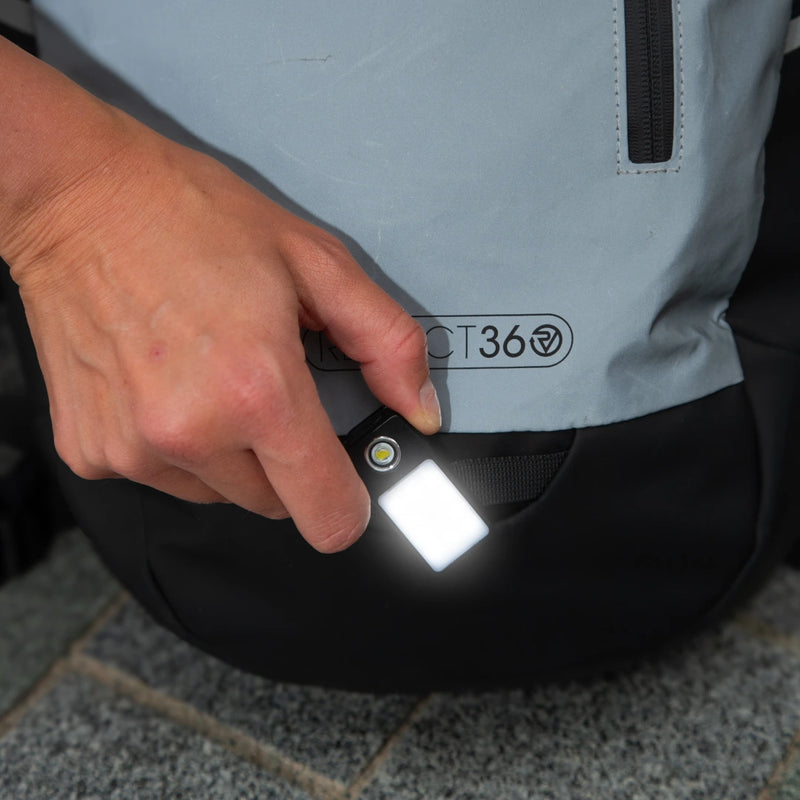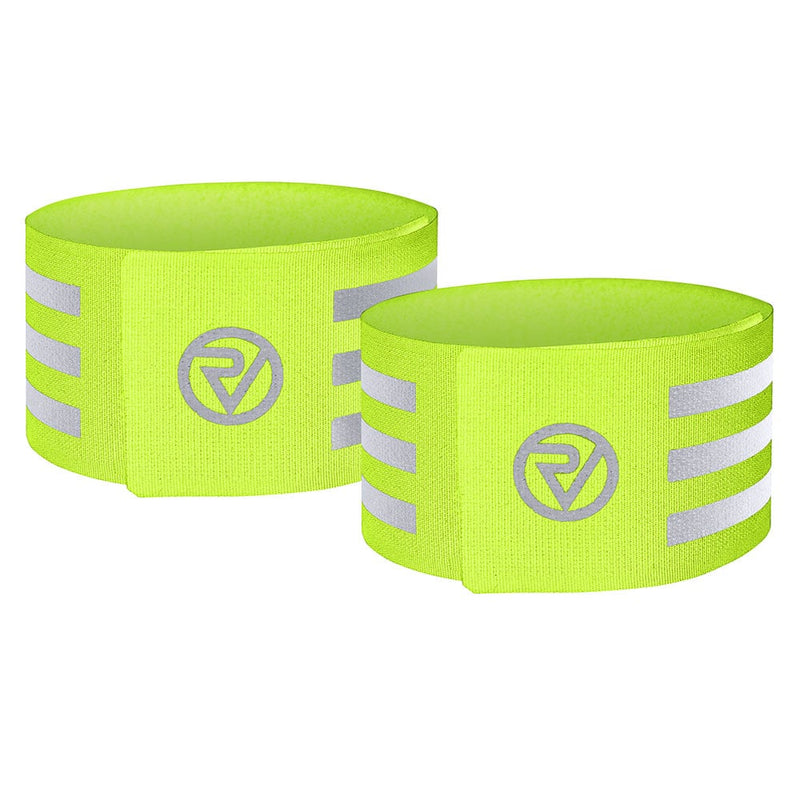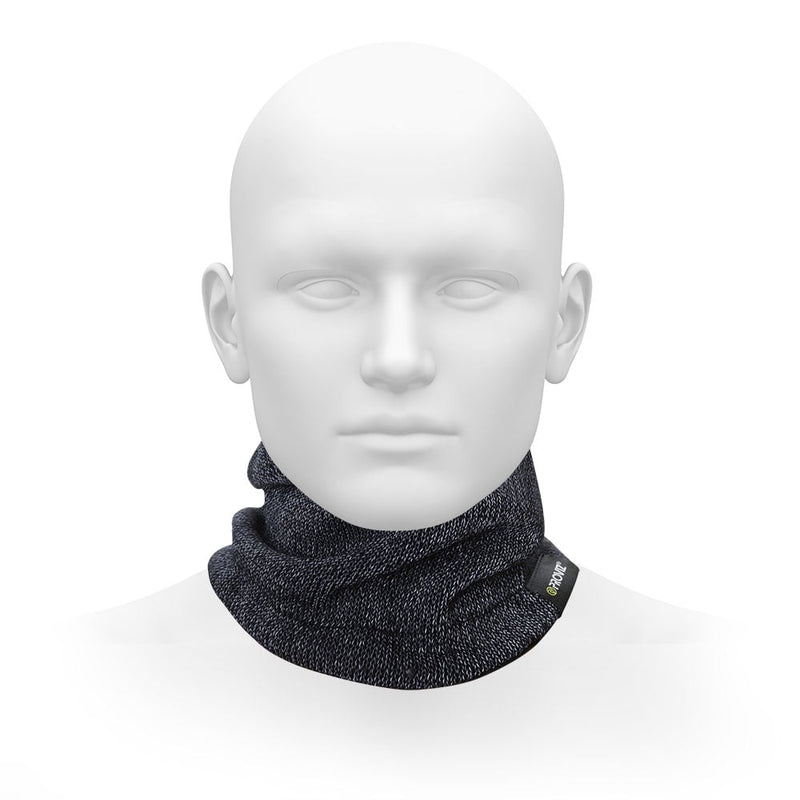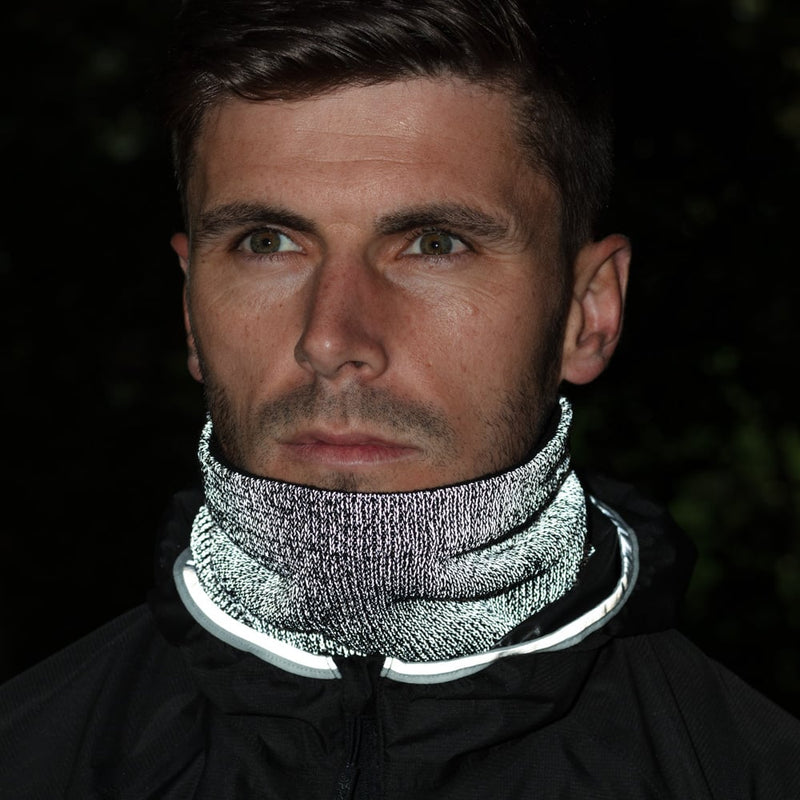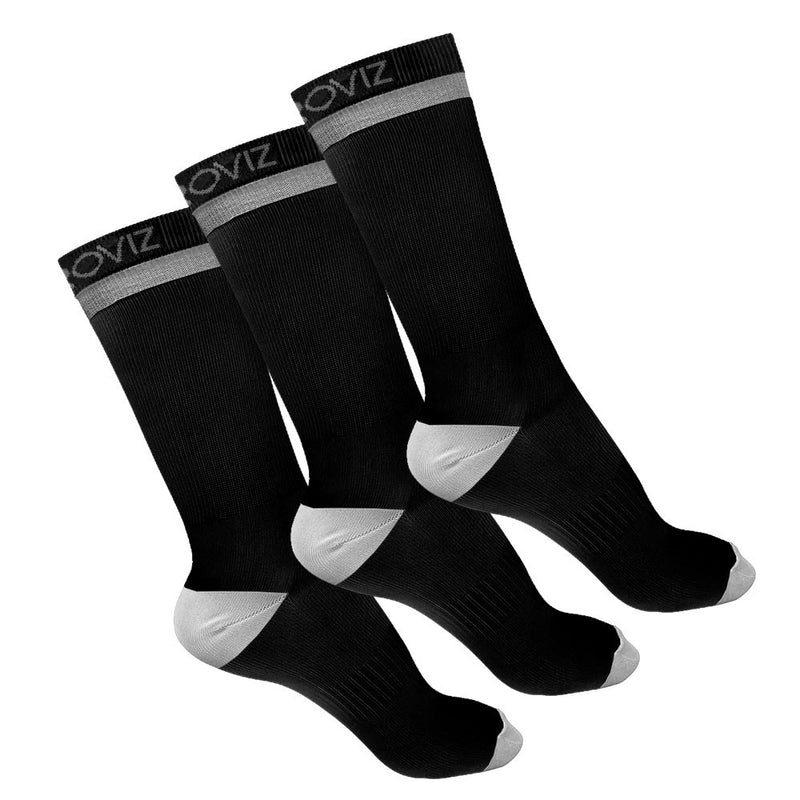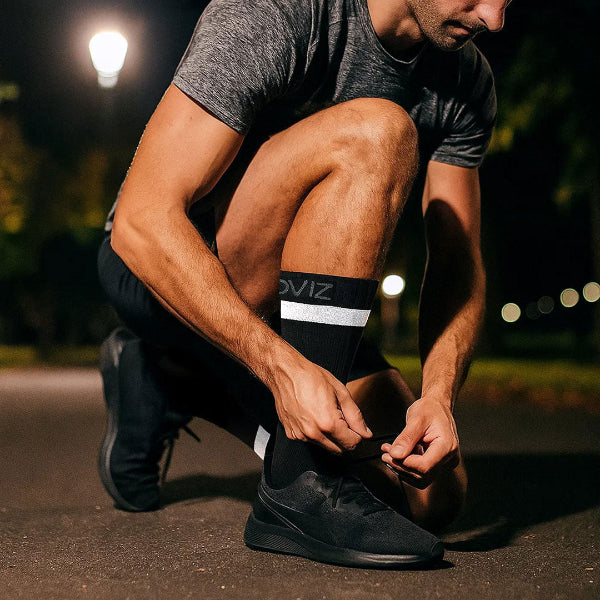Every other lifestyle blog and what feels like ten thousand online memes are intent on telling us that enjoying the great outdoors with our children is one of life’s greatest pleasures. This post is not going to argue with that, in fact, it may as well nail its colours to the mast and join the ranks of those urging you to run, ride, hike and bike your way to family bliss.
However, before you gather your clan and skip out of your front door, it is worth remembering that whatever time of day it is, we share all those busy city-centre thoroughfares and quiet country lanes with other people and other vehicles. It is our responsibility to make sure that the whole family is aware of how to behave safely when out and about and to minimise our risk of injury on these increasingly busy roads.
Here are our top 10 ways to keep children safe on the roads, not only when they are exploring the world on their feet or from a saddle, but when they are using public transport or travelling in a car too.

1. Set a good example
Children learn by imitating what adults do. If you dress like a ninja in head-to-toe black at night and dash across roads in the path of on-coming traffic because you are too busy to wait, then the chances are that they will develop these bad habits too. Obey the Highway Code and observe best practice when riding, walking or running on the road. Seek out designated road crossing points, if you are in a town, or find a sensible place to cross and, if you are out in the countryside, wait for a good break in traffic. Wear high vis and reflective clothing and carry or wear a light source if you are out at times when visibility is impaired (which can be in the fog, mist, rain or bright, low sunshine as well as at night).
Your role model responsibilities are not limited to when you are out walking, horse riding or cycling. Your attitude when you are behind the wheel of a car will also affect your children. If you are aggressive, impatient and take unnecessary risks whilst driving, this has a more lasting effect on your children than simply endangering them while they are your passengers. The chances are that they will mimic your attitude when they learn to drive in later life. Leaving aside the danger they face as children as passengers of an aggressive driver, it would be a shame to invest so much in keeping them safe while they are running about and riding bicycles, only for them to take unnecessary risks when they are driving themselves.
2. Teach them best practice
Whether they are walking home from school, going on a bike ride, riding a pony or just being a passenger in the car, let them know the safest way to do all these things. Each time you go out you can teach them something new or reiterate an old lesson about how to use the road safely. Ask them questions about what they see going on on the road and encourage them to make decisions with you rather than simply telling them what to do, as this active approach to learning is more likely to be successful.
3. Insist that they wear safety kit, even if not doing so isn’t illegal
There is no UK law compelling cyclists to wear a helmet, but the Highway Code suggests that all cyclists should wear a safe, well-fitting helmet to help protect their head if an accident occurs. However, if your child’s favourite mode of transport has four legs and goes “neigh”, Highway Code Rule 49 states children under the age of 14 must wear a helmet that complies with all safety regulations and is fastened securely. The helmet should be replaced every five years and after every fall (or if you drop it on the ground).
In Australia it is mandatory to wear a cycling helmet wherever and whenever you ride a bike (with the exception of the Northern Territories). These laws were introduced in the 1990s and Australia remains one of only two countries in the world (the other being New Zealand) where it is obligatory to wear at cycle helmet every time you get on a bike. For horse riders, it is obligatory for those under 18 to wear helmets whilst riding on a public highway.
In America there are no federal laws that make wearing a bicycle helmet mandatory. At state level, most of the laws apply to under 18s only, with only a handful of localities requiring riders of all ages to wear a helmet whilst cycling. Again, there is no federal law compelling the use of a helmet while riding a horse, but several states enforce a law at local level, so check the law that exists in your location. If you are wondering why you should wear a helmet, read this article and discover some great responses to 10 of the most common excuses for not wearing a riding hat!
Ultimately, wherever you live and whatever activity you and your children are taking part in, safety is less a matter of obeying the law and more a matter of common sense. Any number of sensible choices are not required by law, not because they are not considered best practice, but because their enforcement is not a priority (it is more important to combat knife crime or enforce drug laws that chase small children around the streets insisting that they wear regulation hard hats whilst riding bicycles or Shetland ponies). In matters of personal and family safety, no one should care as much about keeping you and yours safe than you do and you shouldn’t need a policeman to make you do it!

4. Ensure that children travel and alight from your car safely
It may seem like a no-brainer, but make sure that all children travelling in your car use the appropriate car seat for their age and height (children must use a child car seat until they are either 135cm in height or 12 years old) and that they are wearing either the car seat harness or a seatbelt.
When getting your children out of the car, ensure that they use the safety door, i.e. the door that allows them to alight on to the pavement rather than the road. This can be a bit tricky if you have two children buckled into car seats, but it is the safest solution wherever possible.
5. Teach your children how to use public transport safely
Safety on public transport may be second nature to you, but it may not be for children in your care. Remember to explain why you should stand behind the line on a railway station platform, fasten your seatbelt on the coach and never cross the road immediately in front of or behind a stationary bus or tram. Praise them when they start doing things right of their own accord and remind them of each lesson you teach whenever you are in that situation again, as it will only become a habit if you repeat it until long after you are bored of hearing yourself say it!
6. Teach them the Green Cross Code
Start teaching your children the safest way to cross the road from a very young age (long before you envisage that you will trust them to walk anywhere alone), so that when the time comes for them to visit a friend after school, walk home from the park or get themselves to school in the morning, the Green Cross Code is second nature to them.
The Green Cross Code comprises the following basic rules, which may seem foolish in their simplicity to adults, but probably aren’t to young children:
- Find a safe place to cross
- Stand on the pavement near the kerb
- Look all round for traffic and listen
- If traffic is coming let it pass then look all round again
- When there is no traffic nearby, walk straight across the road
- Keep looking and listening for traffic while crossing
7. Ensure that they take a cycling proficiency course
In the UK, cycling proficiency (now called Bikeability training) is often organised by primary schools for Y5 and Y6 pupils and is undertaken during school time, so you probably won’t need to go out of your way to ensure that your child takes part. It is usually free or at minimal cost, as it is subsidised by the Department for Transport. However, not all schools are signed up to the scheme so double check that the one your child attends will offer the training at some stage in your child’s primary education.
If your child’s school hasn’t yet signed up for Bikeability, or you think your child would benefit from additional tuition, you can search for a Bikeability provider that delivers training in your local area using the find a course provider tool.
8. Start the high vis and reflective clothing habit young!

Young children are likely to be less resistant to high vis and reflective clothing than older kids. We’ve noticed that little children think that the Reflect360 Children's Jacket is so amazingly reflective that their friends are more likely to be impressed (and a little bit envious) than to tease them about it.
There is no evidence that your child won’t change their mind - and their safety habits - at a later and more embarrassment-prone age and reject bright and reflective clothing for something subtler. However, if they have spent a few years being more visible (and potentially safer) in the meantime then we are all for that!
9. Don’t wrap them in cotton wool
It is generally accepted that young children have a limited capacity to evaluate risk, so are unable to take responsibility for their safety on the road until they are at least eight years old. It is, therefore, not advised for children younger than eight to make even short trips by themselves.
The European Commission[1] goes ever further and says that children aged between 8 and 14 are easily distracted and therefore at greater risk from road traffic than adults. However, they counter this with the assertion that parental concern for their offspring means that:
More often than not, parents now drive their children to a destination reducing their autonomy and opportunities to develop important skills such as how to behave in road traffic and how to make use of public space or explore their environment.
The solution seems to be that we set a positive example, we supervise, we teach, we reiterate and then, heart-in-mouth, we let them gradually discover the joys of exploring on their own (but please text us as soon as you have arrived at your destination).
10. Campaign for positive change
If you are aware of a particularly hazardous crossing in your neighbourhood or think that your child’s school would benefit from additional traffic calming measures in the immediate vicinity, then let your local authority know. It is not worth waiting for an accident to occur to force much needed action.
No one knows your locality like the people who live there and if you spot a risk area that could easily be made safer then get in touch with people who have the power to make the change. It may just save a life.
One more thing…

Our reliance on smartphones means that children are getting their own mobile devices at an increasingly young age. One of the most important things to teach children about smartphones is that they should only be used when you are stationary! Looking at a screen whilst riding a bike or walking along inhibits your ability to perceive and respond to the dangers of the road.
How well do you know the Highway Code?
We have teamed up with The Bike Storage Company to bring you this short quiz to test your knowledge of the Highway Code.
